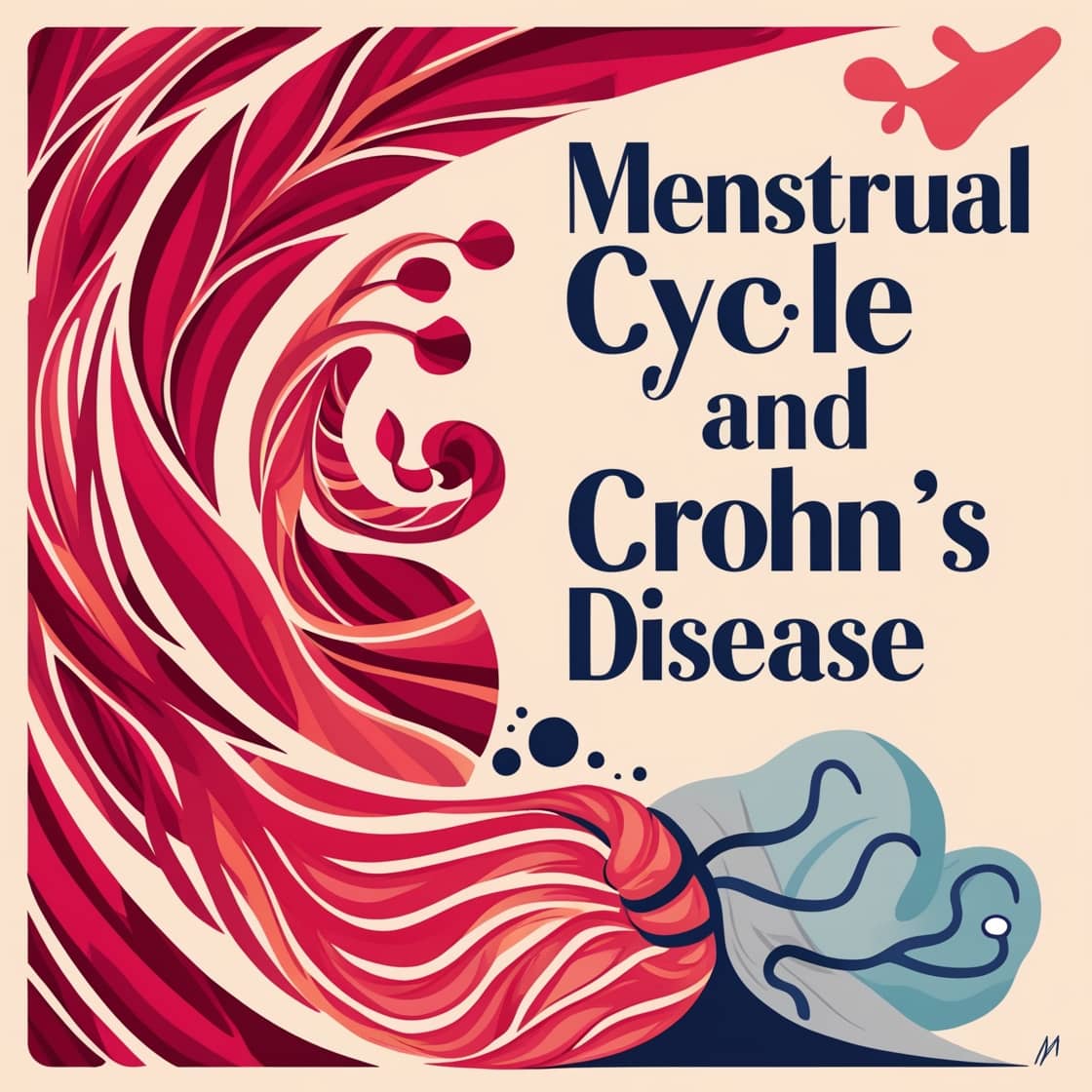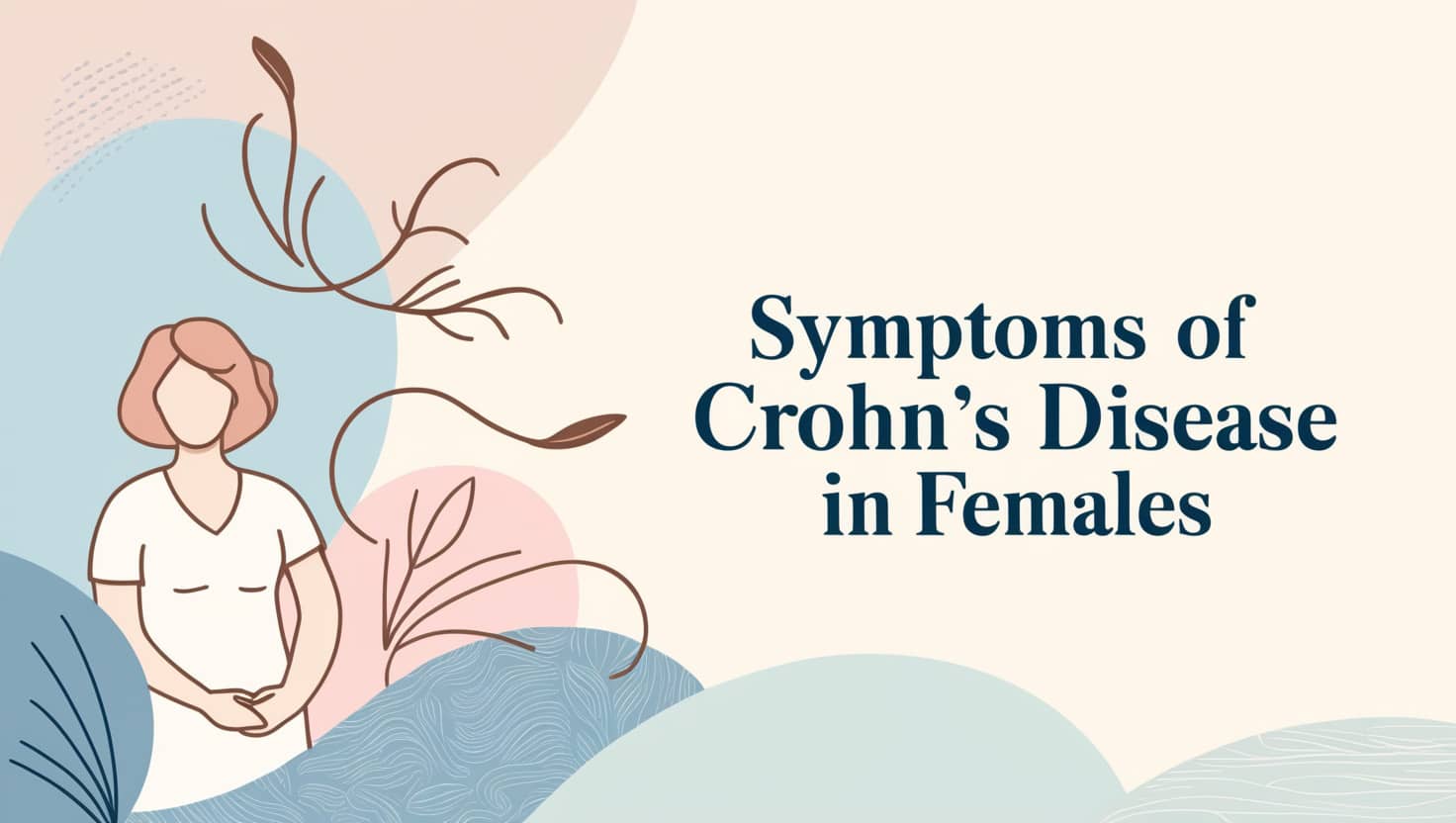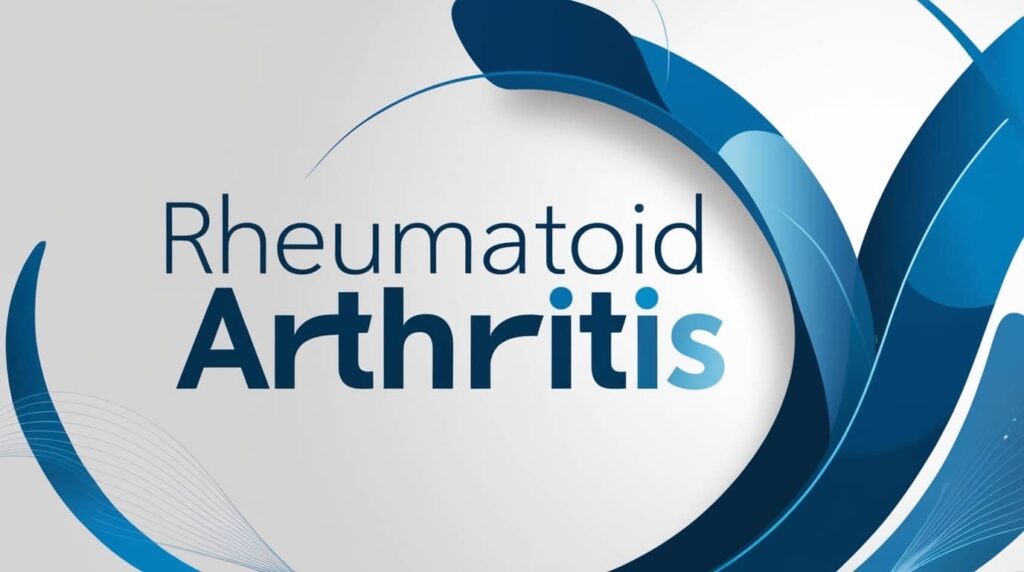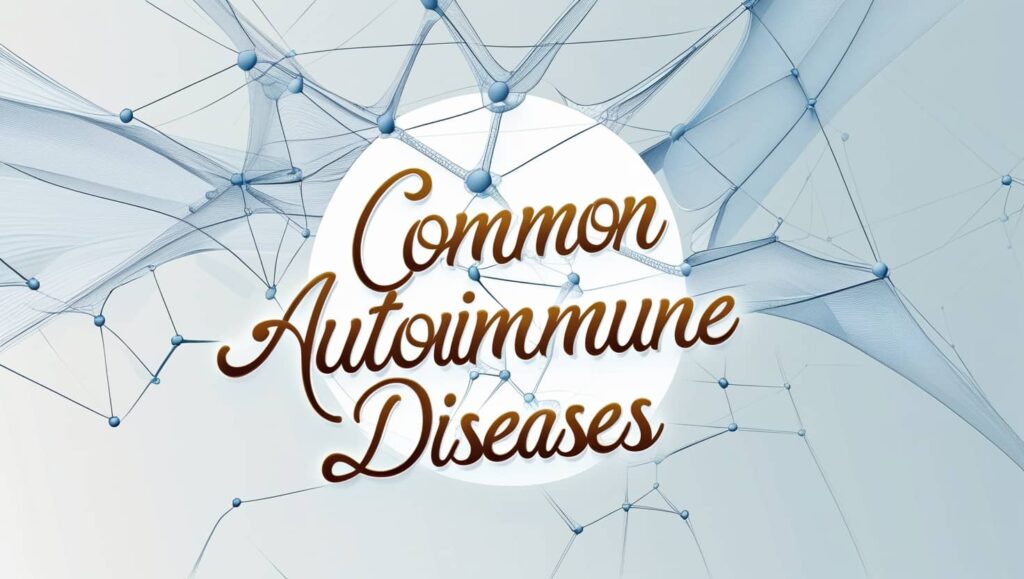Crohn’s disease (CD) is a persistent inflammatory condition marked by recurrent immune system activation in the gastrointestinal (GI) tract. While Crohn’s disease predominantly impacts the gastrointestinal system from the oral cavity to the anus, it also presents several extraintestinal symptoms (EIMs). The disease typically originates in the gastrointestinal tract, favoring the distal small intestine and proximal large intestine for its development. Remission is the term for times when people with Crohn’s disease have minimal or no symptoms. Additionally, they have flare-ups, when many symptoms appear, frequently all at once.
Crohn’s Disease & Female Gender Aspects
Crohn’s disease (CD) and ulcerative colitis (UC) are the two primary clinical phenotypes of inflammatory bowel disorders (IBD), a diverse set of chronic and recurrent intestinal diseases. Gender has an impact on the start, progression, and complications of immune-mediated disorders, including adherence to medicinal and surgical treatments. It seems that being a woman may contribute to the beginning of CD.
Fatigue and Nutritional Deficiencies in Crohn’s Disease
Patients with inflammatory bowel disease (IBD) frequently suffer from malnutrition, protein-energy, and vitamin deficits. The inadequacies contribute to morbidity and are a sign of the complex illness. Compared to periods of remission, deficiencies are more prevalent in Crohn’s disease and during active disease.
Iron, B12, vitamin D, vitamin K, folic acid, selenium, zinc, vitamin B6, and vitamin B1 deficits are the most prevalent. The most prevalent cause of anemia is iron deficiency. Serum levels alone are insufficient to establish a definitive diagnosis of B12 insufficiency. Increased inflammation is believed to be linked to deficits in vitamin D and vitamin K. It is unclear how these deficits relate to bone disease.
A lack of energy, a sense of weakness, a sense of exhaustion, diminished muscle strength, and cognitive impairment are all signs of fatigue. According to a prospective, population-based IBD cohort study, 72% of patients with active disease and 30% of patients with dormant disease reported feeling tired. These results imply that fatigue is relatively common in individuals with clinical and endoscopic remission, even though it usually gets worse during times of increased disease activity. Additionally, people with recently diagnosed CD are more likely to experience exhaustion.
General and Digestive Symptoms Specific to Crohn’s
Depending on where the inflammation occurs in the gastrointestinal tract, the disease’s symptoms may show differently. Among the possible symptoms are vulvar abscesses, perianal skin tags, perianal fistulas, tenesmus, loose stools, bloody diarrhea, and abdominal pain.
Symptoms of Crohn’s Disease in Female
-
Problems with fertility
According to research, the fertility rates of women in Crohn’s disease remission are comparable to those of the general population. However, females may have more trouble getting pregnant if the disease is active or if they have just had surgery.
-
Painful intercourse
Pain during intercourse may be a sign that the disease is active in the area of the digestive tract that surrounds the vagina or anus in females. It could also be a sign of a fistula, which is a tiny, irregular opening that forms between two internal organs, usually the intestine and the colon.
-
Anemia
Iron deficiency is more likely to occur in females with CD than in those without the disease. This could be brought on by intestinal hemorrhage or inadequate absorption of iron. A woman who has both CD and heavy periods should consult a physician about the risk of iron deficiency anemia because a heavy menstrual cycle may additionally affect iron levels in the body.

Menstrual Cycle and Crohn’s Disease
Crohn’s disease may impact your menstrual symptoms, and vice versa. Between the ages of 15 and 35, the majority of the population is diagnosed with Crohn’s disease. Menstruation usually starts later than usual for those who get Crohn’s disease before their first period.
Early teenagers who are diagnosed with Crohn’s disease usually experience their first menstrual cycle later than usual.
Your first period may also be delayed if you are underweight. Until their Crohn’s disease enters remission, individuals might not even experience menstruation.
Read Also: Multiple Sclerosis Symptoms in Females
Skin and Joint Symptoms in Females
The skin is the most prevalent location of extra-intestinal involvement in Crohn’s disease, with at least one extra-intestinal manifestation occurring in about 40% of all patients. The joints are additional common extra-intestinal involvement sites. Notably, in approximately 25% of cases, an extra-intestinal symptom may appear before Crohn’s disease is clinically diagnosed.
Skin and joint manifestations may be in the form of:
- Joints: peripheral (knees, ankles, wrists, elbows) or axial (ankylosing spondylitis) arthritis
- Skin: pyoderma gangrenosum and erythema nodosum
Management and treatment
The severity of the disease and the patient’s risk profile determine the medical therapy to be used.
- Oral mesalamine, immunomodulators such as thiopurines (6-mercaptopurine, azathioprine), methotrexate, and steroids can all be used to treat mild-to-moderate illness.
- Biologics alone or in combination with immunomodulators (corticosteroids, anti-TNF agents: infliximab, adalimumab, and certolizumab pegol, and leukocyte trafficking agents) are the most effective treatments for moderate-to-severe disease, including fistulizing disease.
- Surgical procedures: Surgery is necessary when complications from Crohn’s disease occur, such as dysplasia, cancer, recurrent abscesses, perforated bowel, bowel obstruction from fibrostenotic strictures, fistulization despite appropriate medical therapy, or medically refractory disease.
Read Also: IBS Symptoms in Females
When to Seek Medical Advice for Crohn’s Disease
Get medical help right away if:
- Your stomach aches, or it has gotten worse.
- You’re feverish.
- Nausea or vomiting has gotten worse.
- Stools include more or fresh blood.
- You are unable to pass gas or stools.
- You feel discomfort and swelling in the anal region, or pus is dripping from the region surrounding the anus.
Summary
Most Crohn’s disease patients have a guarded outlook, and their quality of life is frequently subpar. However, an interprofessional team approach can maximize results within the constraints of the situation.
References
- Plavšić, I., Stimac, T., & Hauser, G. (2013). Crohn’s disease in women. International journal of women’s health, 5, 681–688. From PubMed.
- Lungaro, L., Costanzini, A., Manza, F., Barbalinardo, M., Gentili, D., Guarino, M., Caputo, F., Zoli, G., De Giorgio, R., & Caio, G. (2023). Impact of Female Gender in Inflammatory Bowel Diseases: A Narrative Review. Journal of personalized medicine, 13(2), 165. From PubMed.
- Davis-Kankanamge, C. N., Bercaw-Pratt, J. L., Santos, X. M., & Dietrich, J. E. (2016). Crohn’s Disease and Gynecologic Manifestations in Young Women. Journal of pediatric and adolescent gynecology, 29(6), 582–584. From ScienceDirect.
- Włodarczyk, M., Makaro, A., Prusisz, M., Włodarczyk, J., Nowocień, M., Maryńczak, K., Fichna, J., & Dziki, Ł. (2023). The Role of Chronic Fatigue in Patients with Crohn’s Disease. Life (Basel, Switzerland), 13(8), 1692. From PubMed
- Weisshof, R., & Chermesh, I. (2015). Micronutrient deficiencies in inflammatory bowel disease. Current opinion in clinical nutrition and metabolic care, 18(6), 576–581. From PubMed.
- Ranasinghe, I. R., Tian, C., & Hsu, R. (2024). Crohn Disease. In StatPearls. StatPearls Publishing. Retrieved from PubMed.







